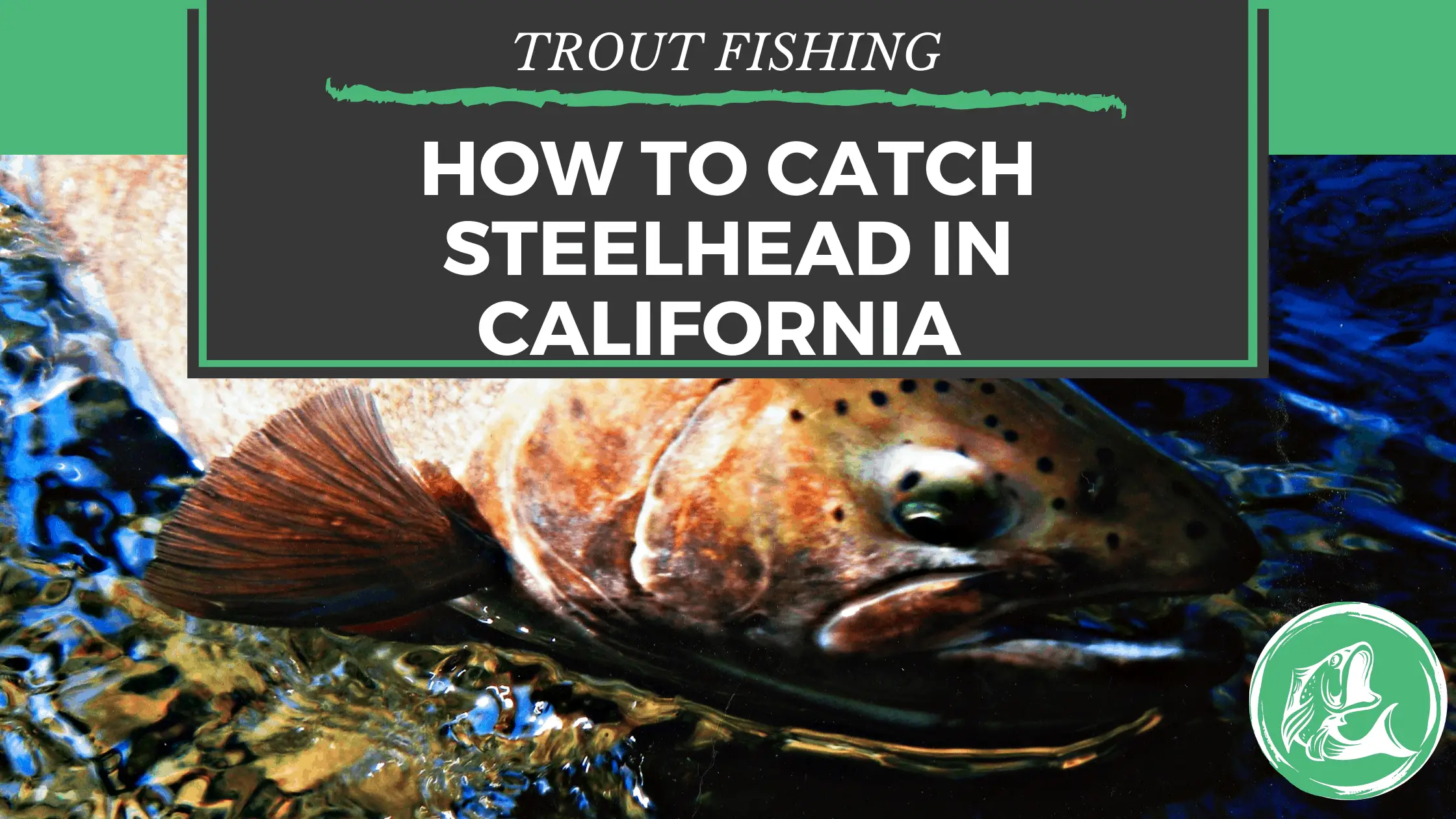Many rivers in California are excellent for steelhead fishing, and many fishing guides can assist you in your fishing trips. However, catching steelhead in California is a challenge. Steelheads are known as elusive fish. They tend to move around often and can be hard to see, so you must come prepared. Now the question is, how to catch steelhead in California?
There are three basic fly-fishing techniques used to catch steelhead. You can use the Cast-and-retrieve Technique, Steelhead Greased-line Presentation, and the wet-fly swing. Although these techniques should be done depending on the specific water, you will catch your winning steelhead.
The largest steelhead caught in California came from the Smith River, weighing in at 27.4 pounds. And if you’re planning to have your record of trophy-sized steelhead, there are things you must also be aware of. Keep reading to learn about these!
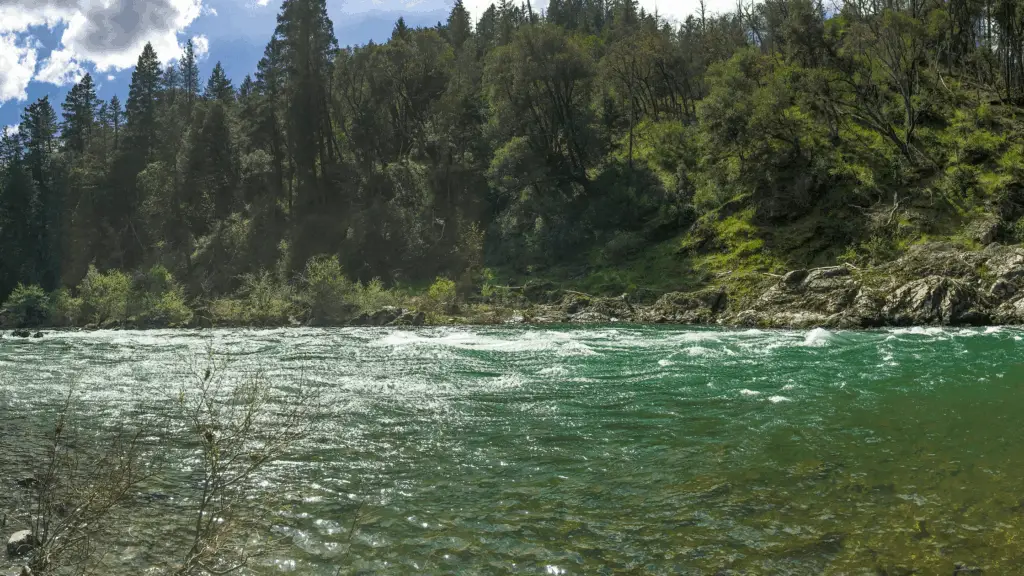
Where are the best places to catch steelhead in California?
Rivers that flow into the Pacific in California provide some of the best steelhead fishing in the country. Steelhead like cold water and are more common in rivers in the northern part of the state.
Klamath River
The Klamath River is a massive river system with some of the most prolific steelheads runs on the California coast. In both summer and winter, it’s typical to anticipate a lot of 3- to 7-pound steelhead, with a few 10-pound-plus fish.
Although, anglers don’t come to the Klamath River for the bigger fish size. They come for the abundance of steelheads and other fishes, as well as the breathtaking mountain landscape.
Trinity River
Many steelheads that flow in the Klamath River make their way up into the Trinity. Among the adult steelhead you catch, expect mainly 4- to 8-pounders with the odd 10-pounder.
The Trinity River Hatchery produces both steelhead smolts and salmon. Thus the river downstream is the productive area. It offers excellent fly-fishing runs and plenty of roadside access, as well as the appearance and feel of a classic fly-fishing stream.
Smith River
It’s one of the finest places in the state to catch steelhead and Chinook salmon, and it’s home to the state record steelhead, a 27-pound, 4-ounce monster captured in 1976. Steelhead fishing usually begins in December and peaks in January or February, depending on the rainfall and other variables.
Eel River
The Eel River is a well-known and historic river generally regarded as the origin of salmon and steelhead fly fishing in California. Steelhead weighing 8 to 10 pounds is becoming more frequent. The winter steelhead run is the most important here, and fish begin to appear around November.
Mad River
The Mad River has both winter and summer steelhead runs, with the winter run being the more significant. In January and February, the numbers are outstanding. There is also a good possibility of catching steelhead measuring 8 to 12 pounds here.
Wild steelhead populations suffered severely in the past due to logging surrounding this stream, but the Mad River Fish Hatchery’s efforts have been very beneficial to fishers. The finest fishing is usually found in the bottom 8 miles of the Mad River, from the dam to the mouth.
American River
At first glance, the 23-mile American River, one of the Sacramento River’s major tributaries, may not seem to be an excellent steelhead river, particularly if you see it on a map.
Steelhead begins to enter the American River in early December. Still, the activity heats up in January, when most of these fish have made their way into the river’s upper reaches. Expect to catch a lot of 5- to 8-pound steelhead.
Feather River
In the mid-nineteenth century, the Feather River was at the heart of California’s gold rush, but it is now better recognized as one of its major steelhead streams. The majority of the steelhead here are hatchery-raised fish from the Feather River Hatchery below Lake Oroville.
The majority of the steelhead run on the Feather River occurs from mid-December to the end of January, although stragglers may be found until April in most years.
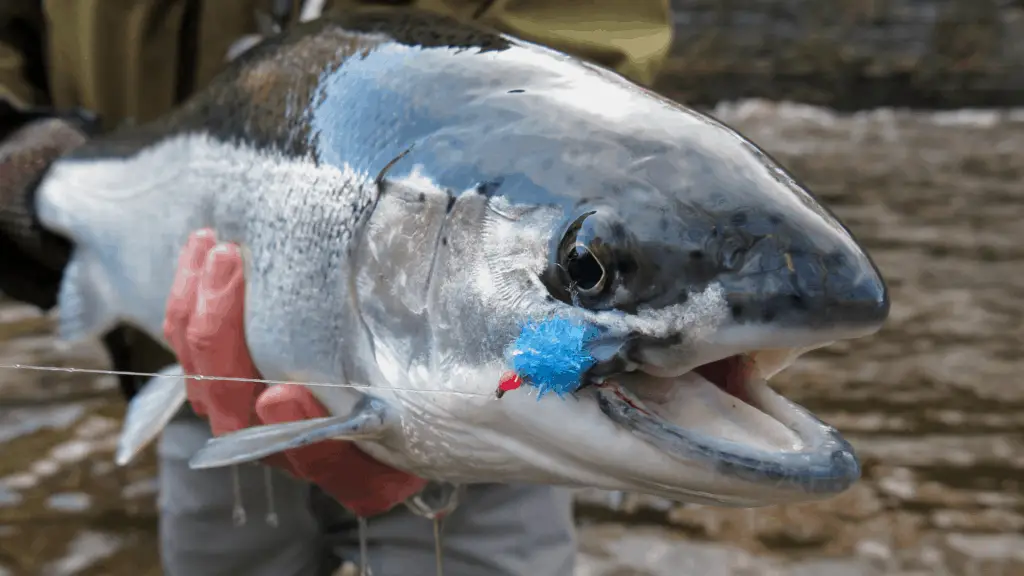
How do you rig a steelhead line?
To catch steelhead from the river, you must utilize the finest steelhead rigs and prepare them properly, as this will allow you to deliver your bait at the proper depth and speed to trigger steelhead bites.
1. Use an improved clinch knot in attaching a fishing hook to your line.
Pass the end of your leader line into the eye of the hook, leaving 8–10 inches of free line on the open side. From here, wrap the cord around your index finger and double it back on itself. Wind the line around 4-5 times before threading it through the finger loop and drawing it tight.
2. Attach a bobber to your line at a height that corresponds to the depth of the water.
Place the bobber so that it is approximately the same distance from the hook as the distance between the water’s surface and bottom. Wrap your leader or mainline around the bottom hook of the gadget and guide it up the opposite side, catching it on the top hook.
3. Attach one or two split shot sinkers to the hook 2–3 inches above the hook.
Insert your line into the small groove that runs through the center of the sinkers. When selecting sinkers, use just enough weight to get the bait closer to the bottom without weighing down your line.
4. Assemble a baited hook.
Pierce, the thickest portion of the bait with the hook’s tip, angling it such that the mass of the bait is centered around the hook’s curve. Natural bait is more effective than flashy lures at deceiving most fish, and it is also much less expensive, mainly if you catch your own.
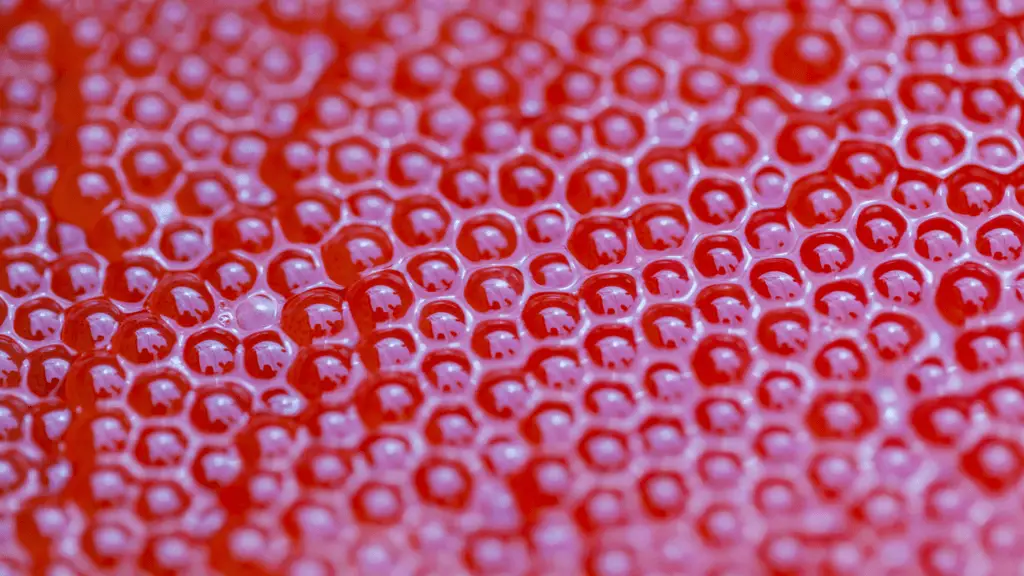
What is the best bait for steelhead?
The benefit of steelhead is that they bite a broad range of natural and artificial baits. The finest steelhead bait is one that resembles their raw food preferences. Here are some of the finest tricks to try:
Eggs
Steelhead eggs are by far the most popular steelhead bait. During the spawning season, when eggs are abundant, steelhead will feast on trout and salmon eggs.
If you can offer the bait in a natural way, such as driving it with nothing but a hook, you’ll have to work hard not to attract at least one bite. Many fishermen will add various chemicals to their eggs in an attempt to make them smell stronger.
Nightcrawlers
What could be easier than fishing with a Nightcrawler or worm? Steelhead is crazy about them! They, like eggs, maybe floated with very little gear. Spring is an excellent time to utilize a nightcrawler since rising water levels may wash worms out of the soil on river banks.
Trout Beads
Steelhead adores free-flowing eggs in a river setting, and it’s no secret that the protein-filled tiny spheres of orange deliciousness are a favorite of the fish. The trout beads Fishing Bait is so basic but effective, from the various sizes to the variety of colors that resemble the phases of a real egg.
Otter Soft Milking Eggs
Otters Soft Milk Egg is designed to appear and feel like real eggs. It may be a significant benefit when dealing with stressed fish who have seen various presentations, as the longer the fish hang onto the bait, the better.
Another factor contributing to the Otter Eggs’ success is retaining smell since they absorb substances.
Trout Worms
Steelheads often find worms as a natural food source after a good rain. While transporting and using actual worms may be inconvenient, tiny plastic worms, such as the Berkley Trout Worms, make an excellent substitute.
Although these worms exist in several colors, the pink variant has become a standard in steelhead fishermen’s jackets. When the worm travels down the river, it emits a different motion that drives the steelhead wild.
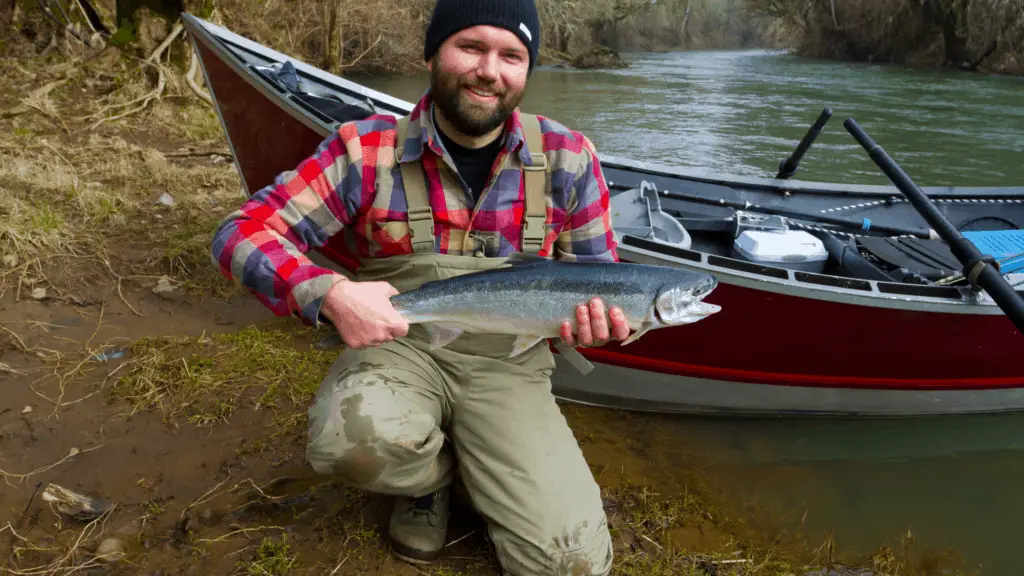
What is the best way to catch steelhead?
- The cast-and-retrieve method: For big early steelhead and autumn salmon, use it in the calm waters of estuaries and lower tidewater pools. This method has been dubbed as the best way to catch steelhead in California.
- Presentation of Steelhead Greased-line: When water temperatures are above 45 degrees, a greased-line display designed is utilized for steelhead in late autumn and early winter. In traditional steelhead runs, use this floating-line method. Sinking lines should be used if the water temperature is less than 45 degrees.
- Swing with a wet fly: Try this version of the classic greased-line presentation on chilly winter days when the water temperature is below 45 degrees, and the steelhead is sluggish. With a tight sinking-tip line, the wet-fly swing delivers the fly slowly and deeply.
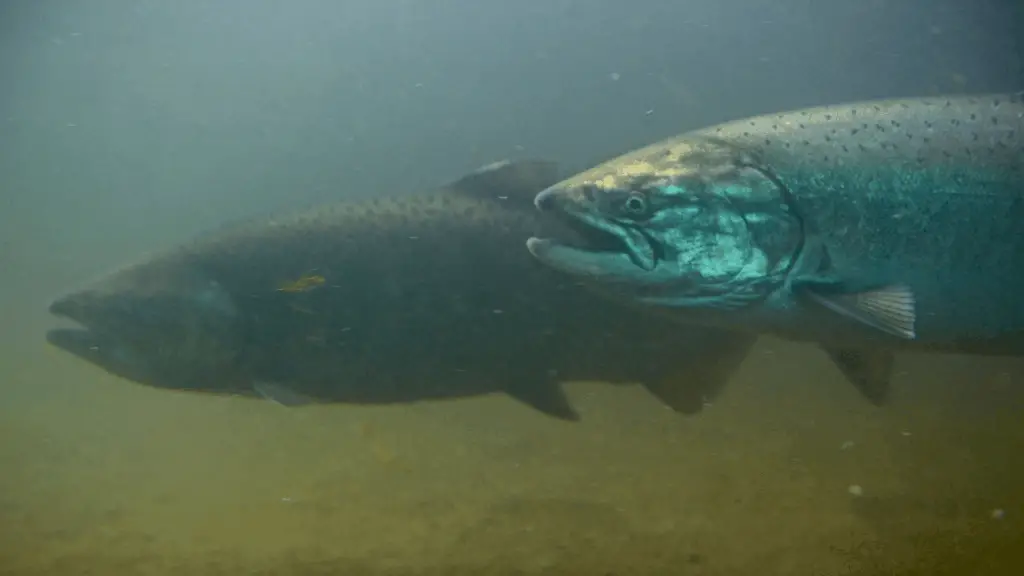
What is the best time to fish for steelhead?
The ideal time to fish these rivers is after a winter surge when the rivers are falling and clearing from January to March.
Steelhead migration patterns are determined by the topography and size of a river’s catchment. Freshwater entrance for winter-run fish may occur as early as September or October in major watersheds such as the Mad and Eel Rivers. In smaller watersheds, the fish are more likely to enter the water in December and stay until April or May.
Bottomline
Steelhead trout are known for being tough to catch and pull. Catching steelhead in California takes patience, the proper equipment, and knowledge of where the fish prefer to hang out throughout warmer and cooler months.
Consider utilizing the Cast-and-Retrieve, Steelhead Greased-line, and the Wet-Fly Swing to find the ideal technique for your steelhead fishing experience in California. Don’t forget to check the fishing regulations and go through the suggestions for your next fantastic fishing excursion.

